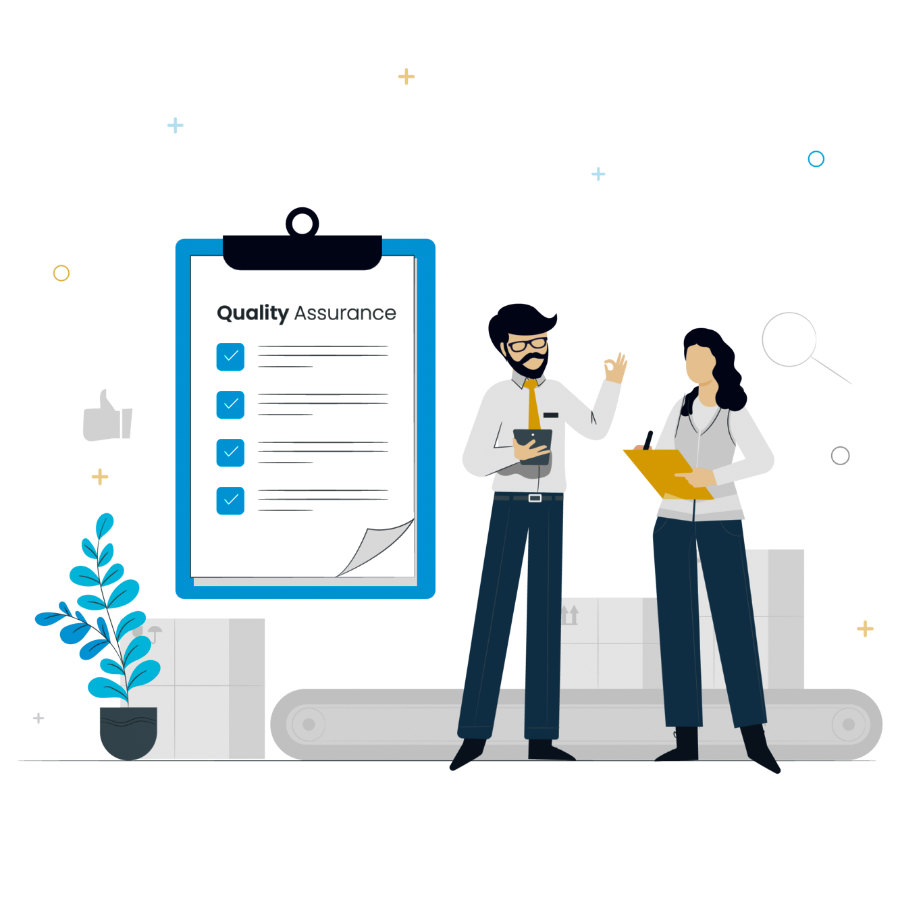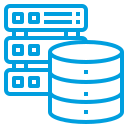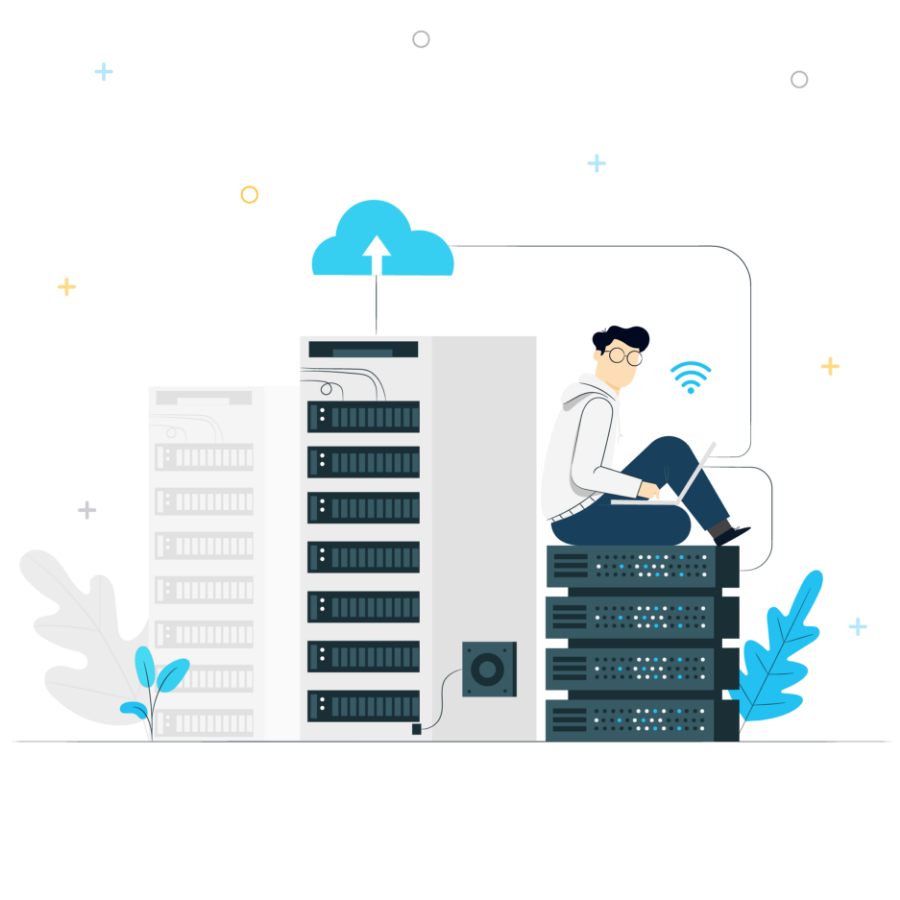
Our team implements SRE practices after project deployment on the cloud for better metrics reporting, modernization of the NOC, enhanced ability to detect potential issues, maximization of scalability, and strengthening ties between development and operation teams. We use SRE tools such as ELK stack, Prometheus, Datadog, and Splunk. We also use Slack & Pagerduty for effective communication.



Whether systems are hosted and managed on physical servers within an organization's data center or hosted and managed on a cloud provider's infrastructure, such as Amazon Web Services (AWS), Microsoft Azure, or Google Cloud Platform (GCP). Our SRE services provide End-to-end monitoring to ensure their systems' reliability and performance and meet the users' needs.



SRE service providers typically have a team of trained professionals called site reliability engineers to respond to and resolve incidents as quickly as possible. This may include identifying the incident's root cause, implementing a fix, and communicating with stakeholders.



It involves alerting systems to notify SRE teams of potential issues or outages in real-time so that they can quickly respond and resolve problems. It is a critical aspect of SRE, enabling teams to understand and improve their production systems' performance and reliability.



SRE service providers typically use various tools and techniques to monitor a software system's performance and identify improvement opportunities. This may include identifying bottlenecks or other issues impacting performance and implementing solutions to resolve them.



They are pivotal for SRE teams as they help improve the efficiency and reliability of systems and reduce the time and effort required to manage and maintain those systems.



It is a crucial aspect of SRE that involves continuously monitoring the performance and availability of applications and infrastructure components in a production environment. It helps ensure that systems function correctly and meet users' needs, enabling SRE engineers to proactively prevent and resolve issues before they impact users.



SRE service providers typically use tools and techniques to forecast the uture capacity needs of a software system and ensure that the system has the resources it needs to meet demand.

Whether systems are hosted and managed on physical servers within an organization's data center or hosted and managed on a cloud provider's infrastructure, such as Amazon Web Services (AWS), Microsoft Azure, or Google Cloud Platform (GCP). Our SRE services provide End-to-end monitoring to ensure their systems' reliability and performance and meet the users' needs.

SRE service providers typically have a team of trained professionals called site reliability engineers to respond to and resolve incidents as quickly as possible. This may include identifying the incident's root cause, implementing a fix, and communicating with stakeholders.

It involves alerting systems to notify SRE teams of potential issues or outages in real-time so that they can quickly respond and resolve problems. It is a critical aspect of SRE, enabling teams to understand and improve their production systems' performance and reliability.

SRE service providers typically use various tools and techniques to monitor a software system's performance and identify improvement opportunities. This may include identifying bottlenecks or other issues impacting performance and implementing solutions to resolve them.

They are pivotal for SRE teams as they help improve the efficiency and reliability of systems and reduce the time and effort required to manage and maintain those systems.

It is a crucial aspect of SRE that involves continuously monitoring the performance and availability of applications and infrastructure components in a production environment. It helps ensure that systems function correctly and meet users' needs, enabling SRE engineers to proactively prevent and resolve issues before they impact users.

SRE service providers typically use tools and techniques to forecast the uture capacity needs of a software system and ensure that the system has the resources it needs to meet demand.
To improve metrics reporting, modernize the NOC, increase the ability to detect potential issues, maximize scalability, and strengthen ties between development and operations teams. In addition, our team implements SRE practices after project deployment on the cloud. We use various SRE tools to ensure that systems are running smoothly and efficiently, including Monitoring and alerting tools to monitor the performance of systems and receive alerts when there are issues. E.g., Datadog. Performance and log analysis tools allow us to analyze data to identify trends and issues. E.g., Splunk and ELK Stack.
We carefully choose and integrate these tools into our systems to ensure the best possible outcomes for our clients. Our selection of tools, including PagerDuty for incident management, New Relic and AppDynamics for performance analysis, and Slack and PagerDuty for communication, are trusted and widely used by industry professionals. By leveraging these powerful tools, we provide our clients with the highest level of service, ensuring that their systems are always running reliably and performing optimally.
Reduce operational costs by eliminating expensive in-house infrastructure, and training.

Access to specialized skills and expertise that may not be available in-house.

Help improve the reliability and availability of IT systems by implementing best practices.

Flexibility to scale up or down as needed without incurring additional fixed costs.

Better manage risk by identifying potential issues before they become critical problems.

Free your time and resources to focus on your business functions and strategic goals.